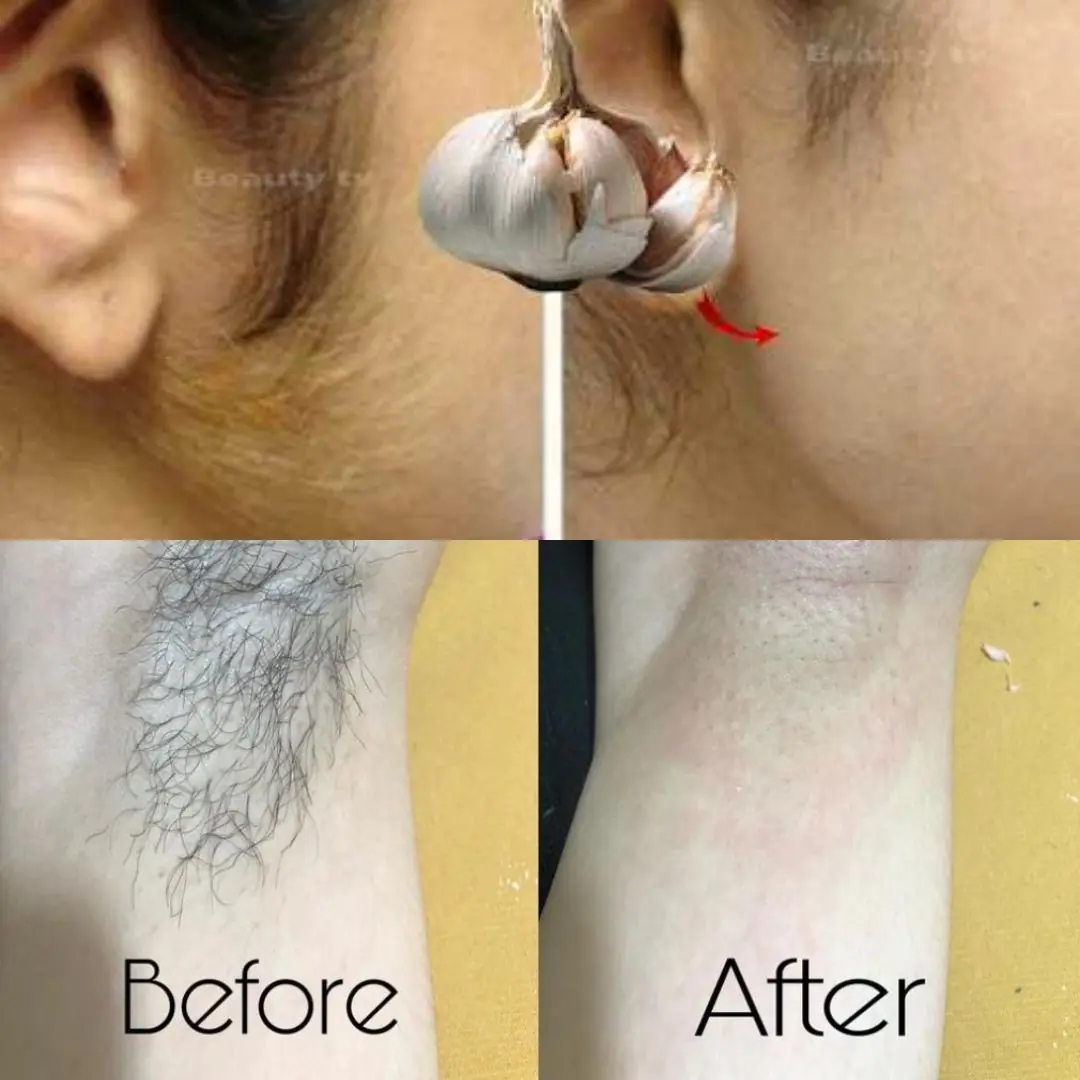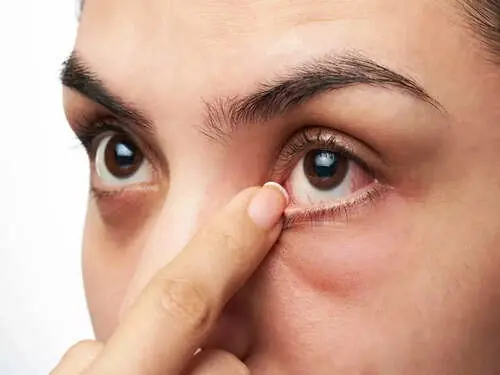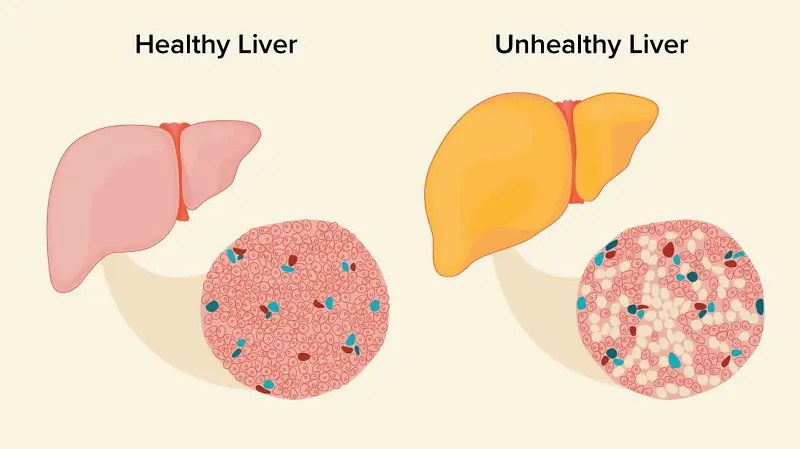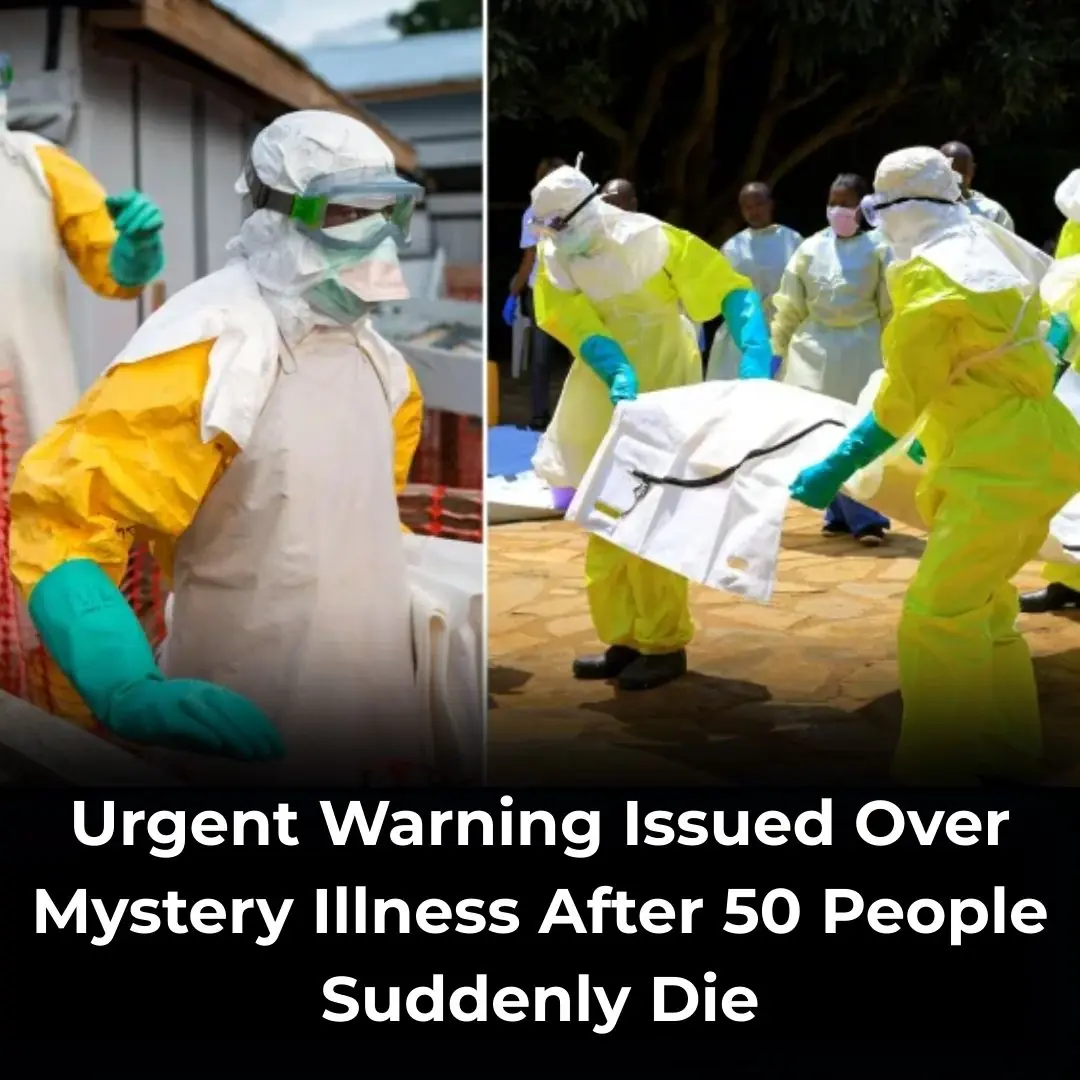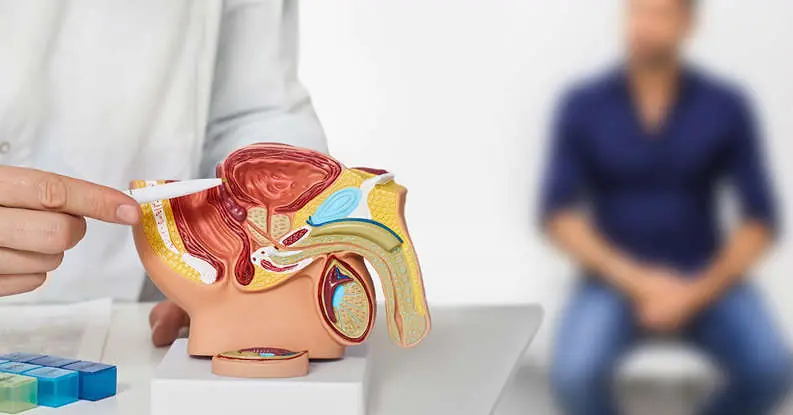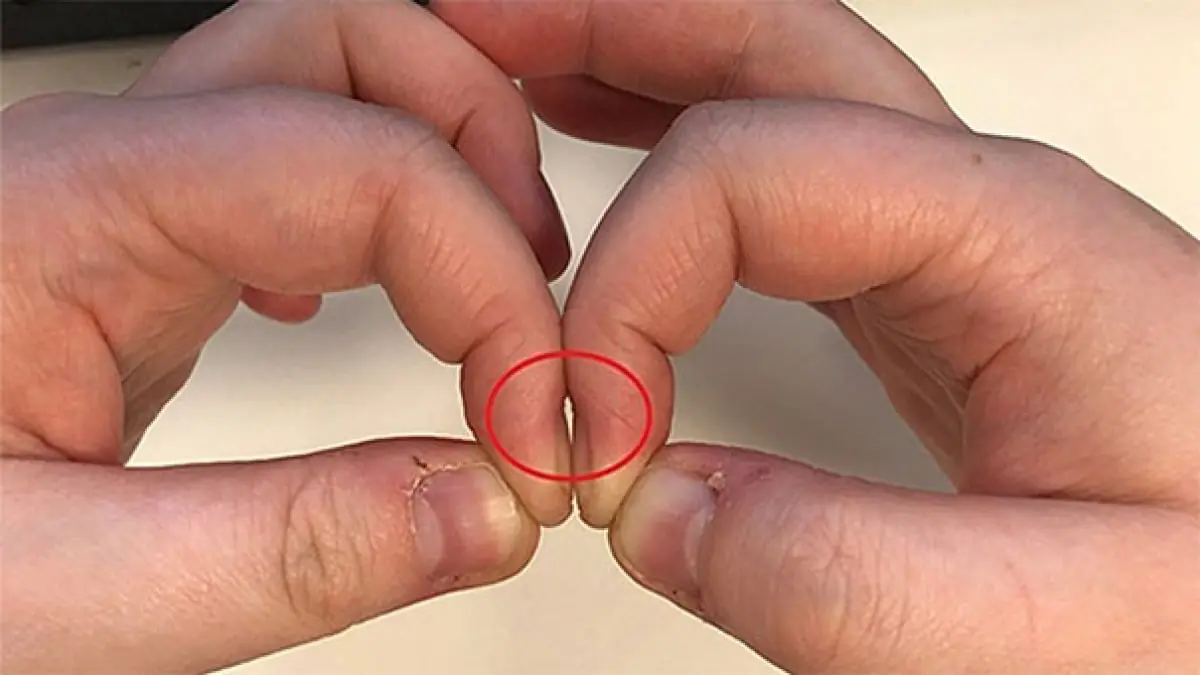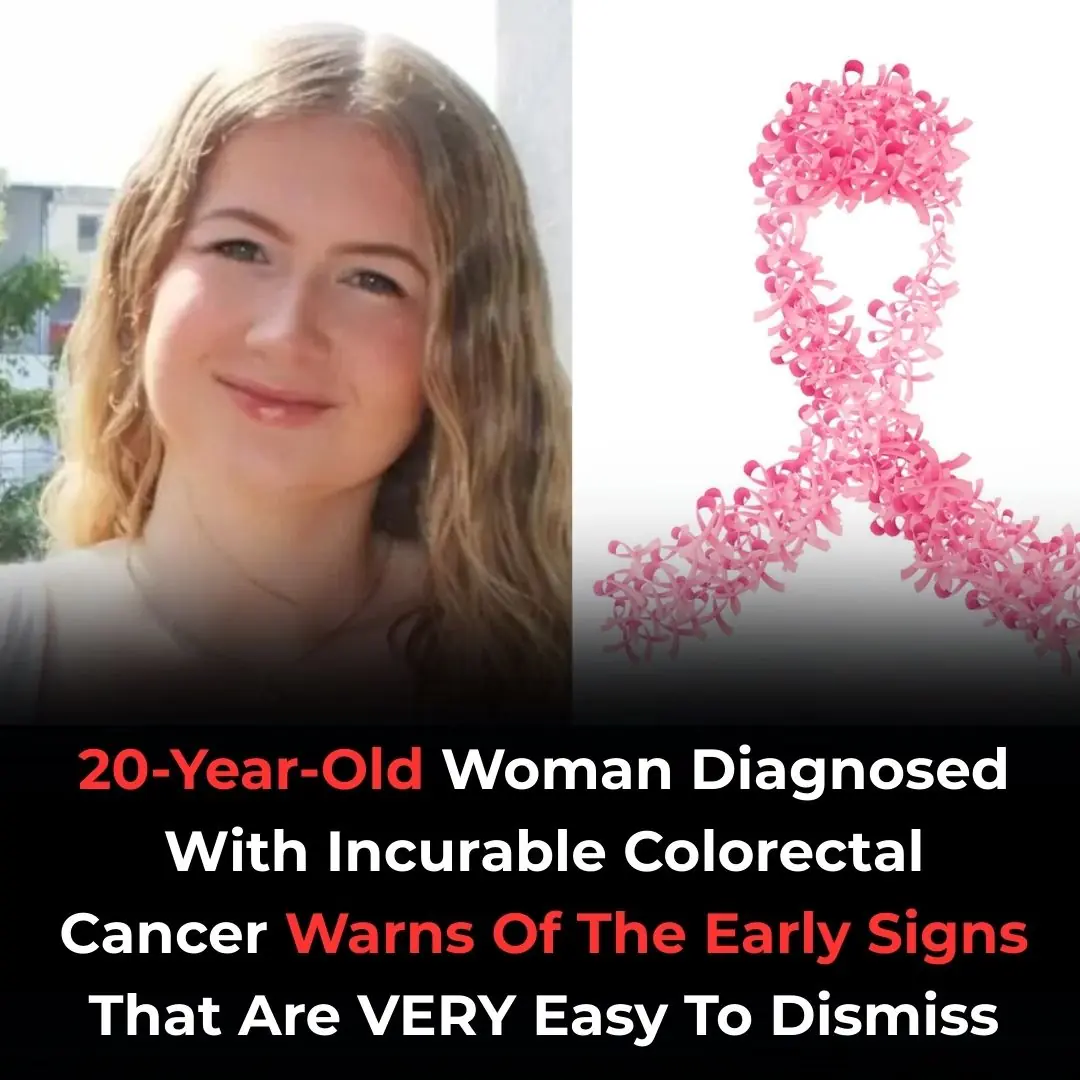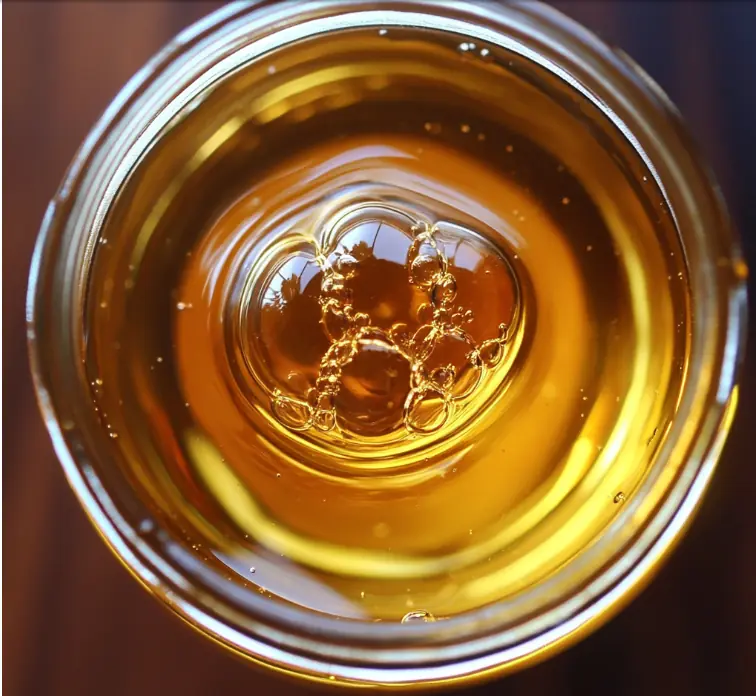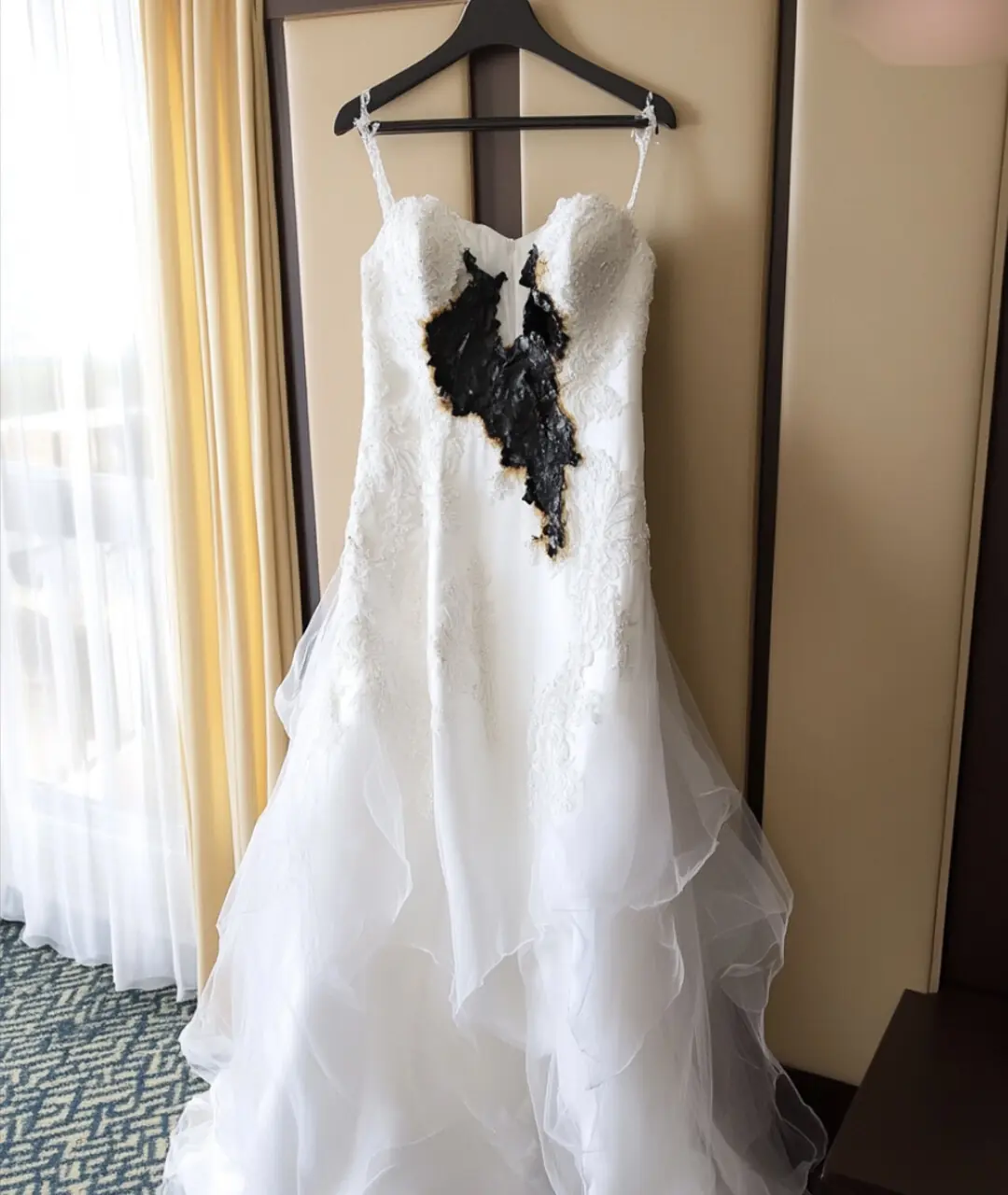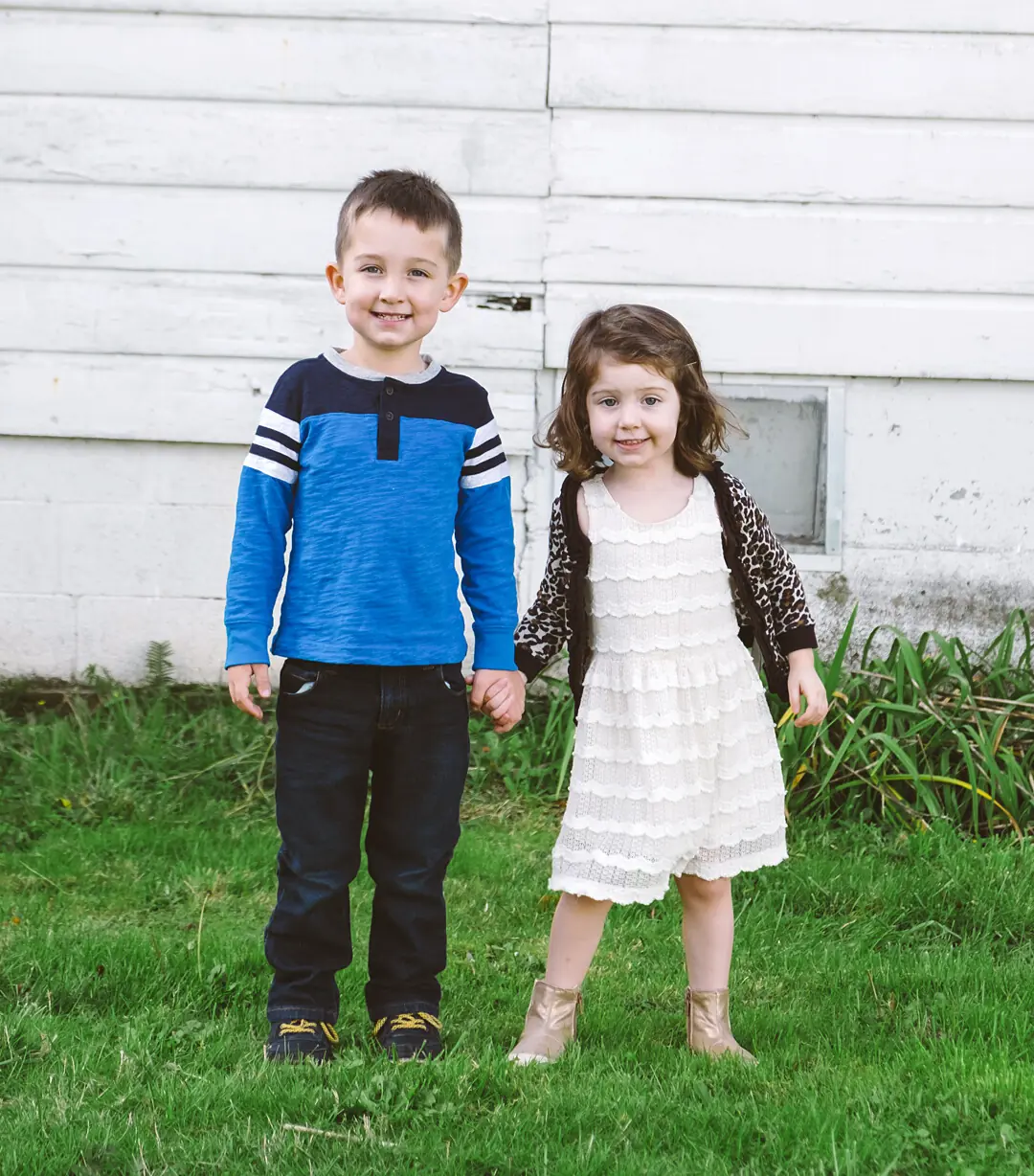Understanding Molluscum Contagiosum: A Common but Manageable Skin Infection
Molluscum contagiosum is a viral skin infection caused by a virus from the poxvirus family. While its name may sound intimidating, this condition is typically harmless and more common than you might think—especially in children. However, it can also appear in adults, particularly those with weakened immune systems.
What Does It Look Like?

Molluscum contagiosum appears as small, round, or pearl-like bumps on the skin. These lesions are usually skin-colored or pink, smooth, and may have a dimple in the center. They’re generally painless but can sometimes become itchy or irritating.
-
In children, the bumps often show up on the face, torso, arms, and legs.
-
In adults, especially when sexually transmitted, they may appear on the genital area, lower abdomen, or inner thighs.
How Is It Spread?

This virus spreads primarily through direct skin-to-skin contact, but it can also be transmitted by:
-
Sharing contaminated objects, like towels, toys, or clothing.
-
Scratching or touching the lesions, which may cause it to spread to other parts of the same person’s body.
Good hygiene and avoiding contact with affected areas are key to preventing further spread.
Does It Go Away on Its Own?
In most cases, yes. Molluscum contagiosum often resolves on its own without the need for treatment. However, this can take several months to over a year, depending on the individual.

When Is Treatment Necessary?
While the infection is usually harmless, treatment may be recommended in situations such as:
-
The lesions are in highly visible areas, like the face.
-
The bumps become red, inflamed, or infected.
-
The number of lesions becomes excessive or persistent.
Treatment options include:
-
Topical antiviral creams or other medications
-
Cryotherapy (freezing the lesions)
-
Curettage (gently scraping them off)
-
Laser therapy, in more stubborn cases
Your dermatologist can help determine the best treatment approach based on the severity and location of the infection.
Tips for Prevention
To reduce the risk of spreading molluscum contagiosum:
-
Practice good personal hygiene
-
Avoid sharing personal items like towels or razors
-
Cover the lesions with clothing or bandages, especially in children attending school or daycare
-
Avoid scratching or picking at the bumps
Final Thoughts
Molluscum contagiosum may look concerning, but it’s a common and generally harmless condition. With a little patience, proper hygiene, and medical guidance when needed, it can be managed effectively and safely.
Disclaimer: This article is for informational purposes only and is not a substitute for professional medical advice, diagnosis, or treatment. Always consult with a qualified healthcare provider regarding any concerns you may have about a medical condition.

